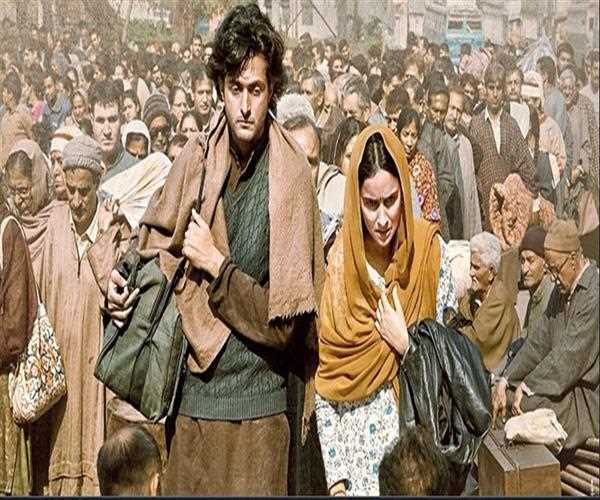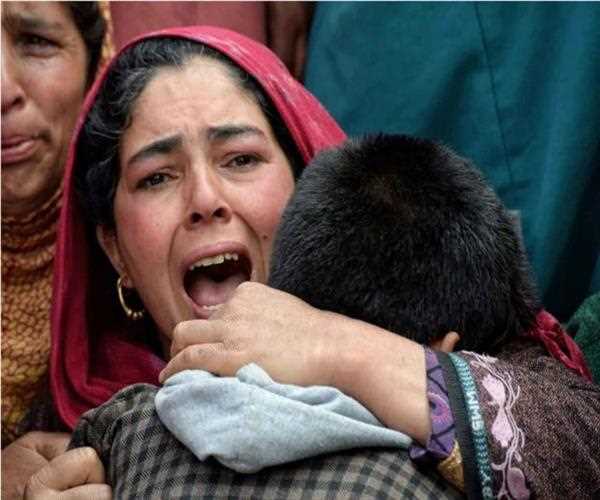Search here

26-Jun-2024 , Updated on 6/27/2024 3:27:45 AM
The Genocide of Kashmiri Pandits and the Current Situation.
For the past thirty years, the Kashmiri Pandits have faced unimaginable hardships. Forced to leave their homes, they became refugees in their own country. Despite this, the focus of many discussions has shifted to the Citizenship Amendment Act (CAA) and the National Register of Citizens (NRC), while the plight of the Kashmiri Pandits remains largely ignored.
Kashmiri Pandits, a Hindu minority in Kashmir, lived peacefully until the 1980s. However, a series of events led to their mass exodus. On January 19, 1990, after a night of terror and threats, they had to flee, leaving behind their homes and belongings. This tragic event was not just an exodus but also a significant attack on their community.
The history of the Kashmiri Pandits dates back centuries. Before the 13th century, Kashmir was predominantly Hindu. The 14th century saw the arrival of Muslim rulers, leading to the first exodus of the Pandits. Those who stayed behind or returned later became known as the "Bal de Masse" and "Buher Pandits."
By the late 1980s, the political landscape in Kashmir had changed drastically. Farooq Abdullah became the Chief Minister of Jammu and Kashmir in 1983. His inconsistent stance and the internal conflicts within his party, the National Conference, contributed to the unrest. Ghulam Mohammad Shah, Abdullah's brother-in-law, also played a significant role. His religious rhetoric and support for separatists further fueled the tension.
The separatist movement in Kashmir was divided into various groups like the Jammu-Kashmir Liberation Front (JKLF), Hizbul Mujahideen, and the Hurriyat. Each had different agendas but shared a common goal of separating Kashmir from India. The actions of these groups, supported by external forces like Pakistan, led to increased violence against the Kashmiri Pandits.

Prominent pandits were targeted, and violent incidents became common. The kidnapping of India's home minister's daughter and the subsequent release of terrorists showed the militants' growing boldness. The night of January 19, 1990, marked the beginning of the mass exodus, as Kashmiri Pandits were forced to flee to save their lives.
Governor Jagmohan's role during this period is controversial. While some believe he acted to save lives, others criticize his actions. The situation in Kashmir worsened, with an increased military presence and frequent violent encounters.
Today, the Kashmiri Pandits remain displaced, having lived in camps for over three decades. Promises of resettlement and support have been repeatedly delayed. While the government has allocated land for industrial development, the promise of land for the Pandits remains unfulfilled.
This issue is not just about religious conflict but also a failure of governance. The tragedy of the Kashmiri Pandits highlights the consequences of political manipulation and weak administration. Until meaningful action is taken, their plight will continue to be remembered in speeches rather than in their rightful homes.
As per my opinion, the story of the Kashmiri Pandits is a somber reminder of the impact of political and religious conflicts on innocent lives. Their displacement and suffering call for urgent attention and action. The focus should shift from political rhetoric to real solutions, ensuring that the Kashmiri Pandits can return to their homes and live in peace.

Student
I am a content writter !
Comments
Join Our Newsletter
Subscribe to our newsletter to receive emails about new views posts, releases and updates.
Copyright 2010 - 2025 MindStick Software Pvt. Ltd. All Rights Reserved Privacy Policy | Terms & Conditions | Cookie Policy